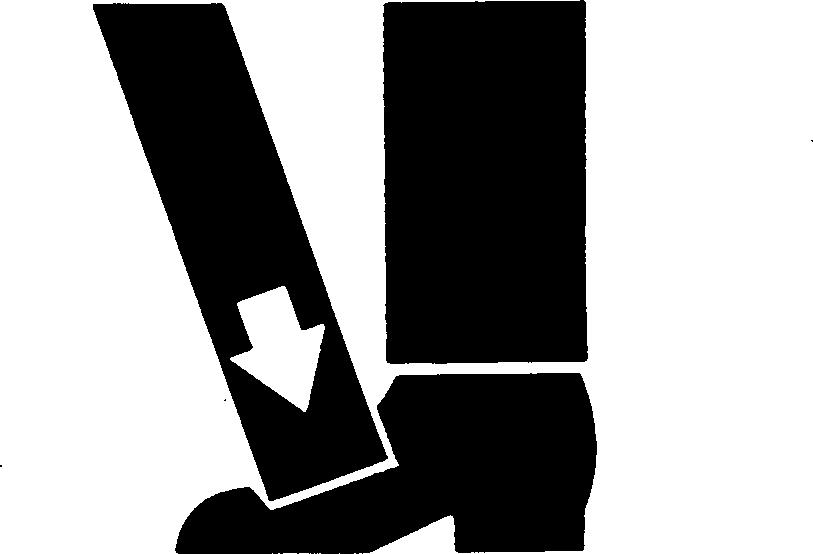
5 minute read
Use Proper Lifting Equipment
Lifting heavy components incorrectly can cause severe injury or machine damage.
Follow recommended procedure for removal and installation of components in the manual.
Advertisement
Remove Paint Before Welding or Heating
Avoid potentially toxic fumes and dust.
Hazardous fumes can be generated when paint is heated by welding, soldering, or using a torch.
Remove paint before heating:
• Remove paint a minimum of 100 mm (4 in.) from area to be affected by heating. If paint cannot be removed, wear an approved respirator before heating or welding.
• If you sand or grind paint, avoid breathing the dust. Wear an approved respirator.
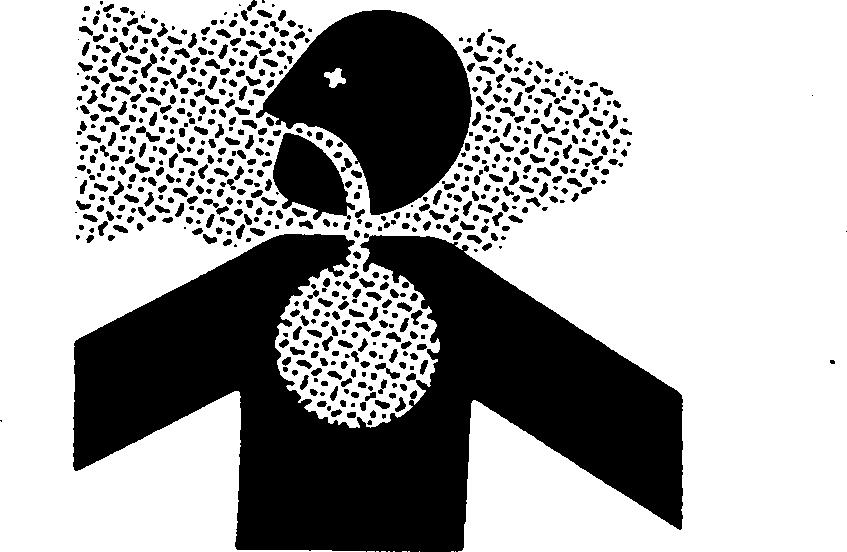
• If you use solvent or paint stripper, remove stripper with soap and water before welding. Remove solvent or paint stripper containers and other flammable material from area. Allow fumes to disperse at least 15 minutes before welding or heating.
Do not use a chlorinated solvent in areas where welding will take place.
Do all work in an area that is well ventilated to carry toxic fumes and dust away.
Dispose of paint and solvent properly.
Avoid Heating Near Pressurized Fluid Lines
Flammable spray can be generated by heating near pressurized fluid lines, resulting in severe burns to yourself and bystanders. Do not heat by welding, soldering, or using a torch near pressurized fluid lines or other flammable materials. Pressurized lines can accidentally burst when heat goes beyond the immediate flame area.
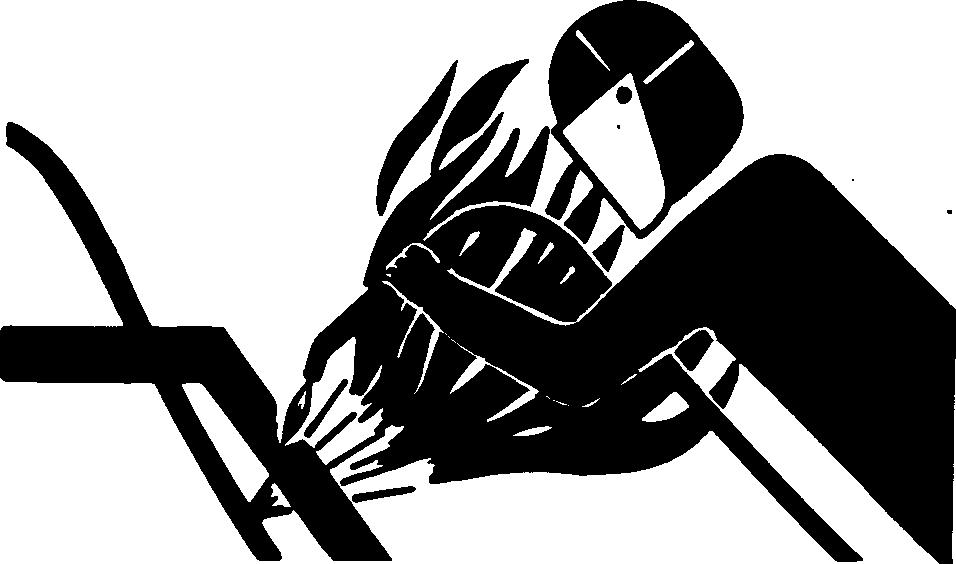
Service Tires Safely
Explosive separation of a tire and rim parts can cause serious injury or death.
Do not attempt to mount a tire unless you have the proper equipment and experience to perform the job.

Always maintain the correct tire pressure. Do not inflate the tires above the recommended pressure. Never weld or heat a wheel and tire assembly. The heat can cause an increase in air pressure resulting in a tire explosion. Welding can structurally weaken or deform the wheel.
When inflating tires, use a clip-on chuck and extension hose long enough to allow you to stand to one side and NOT in front of or over the tire assembly. Use a safety cage if available.
Check wheels for low pressure, cuts, bubbles, damaged rims or missing lug bolts and nuts.
Avoid Harmful Asbestos Dust

Avoid breathing dust that may be generated when handling components containing asbestos fibers. Inhaled asbestos fibers may cause lung cancer.
Components in products that may contain asbestos fibers are brake pads, brake band and lining assemblies, clutch plates, and some gaskets. The asbestos used in these components is usually found in a resin or sealed in some way. Normal handling is not hazardous as long as airborne dust containing asbestos is not generated.
Avoid creating dust. Never use compressed air for cleaning. Avoid brushing or grinding material containing asbestos. When servicing, wear an approved respirator. A special vacuum cleaner is recommended to clean asbestos. If not available, apply a mist of oil or water on the material containing asbestos.
Keep bystanders away from the area.
Understand service procedure before doing work. Keep area clean and dry.
Never lubricate, service, or adjust machine while it is moving. Keep hands, feet , and clothing from power-driven parts. Disengage all power and operate controls to relieve pressure. Lower equipment to the ground. Stop the engine. Remove the key. Allow machine to cool.
Securely support any machine elements that must be raised for service work.
Keep all parts in good condition and properly installed. Fix damage immediately. Replace worn or broken parts. Remove any buildup of grease, oil, or debris.
On self-propelled equipment, disconnect battery ground cable (-) before making adjustments on electrical systems or welding on machine.
On towed implements, disconnect wiring harnesses from tractor before servicing electrical system components or welding on machine.
Construct Dealer-Made Tools Safely
Faulty or broken tools can result in serious injury. When constructing tools, use proper, quality materials, and good workmanship.
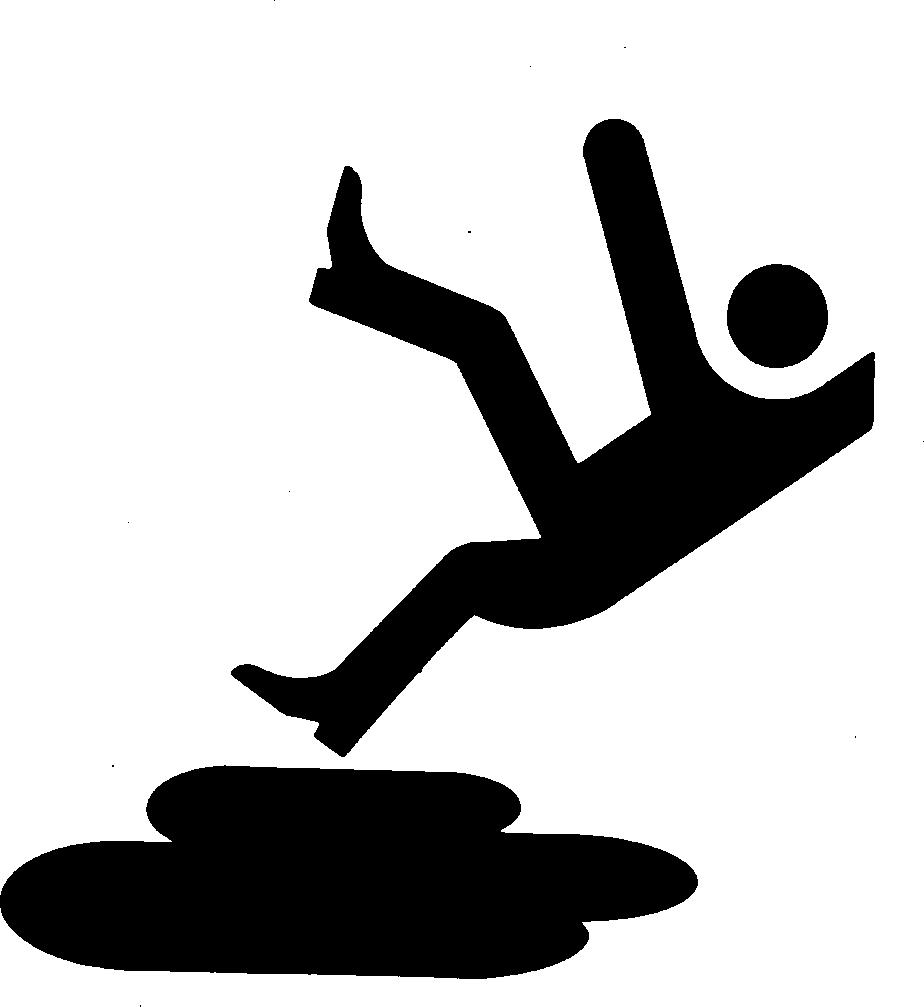
Do not weld tools unless you have the proper equipment and experience to perform the job.
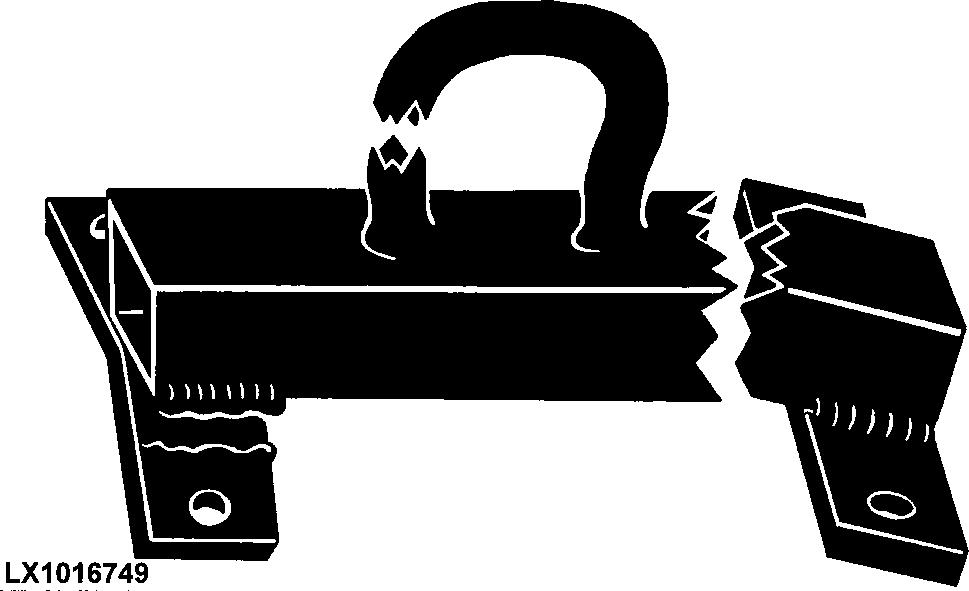
Use Proper Tools
Use tools appropriate to the work. Makeshift tools and procedures can create safety hazards.
Use power tools only to loosen threaded parts and fasteners.
For loosening and tightening hardware, use the correct size tools. DO NOT use U.S. measurement tools on metric fasteners. Avoid bodily injury caused by slipping wrenches.
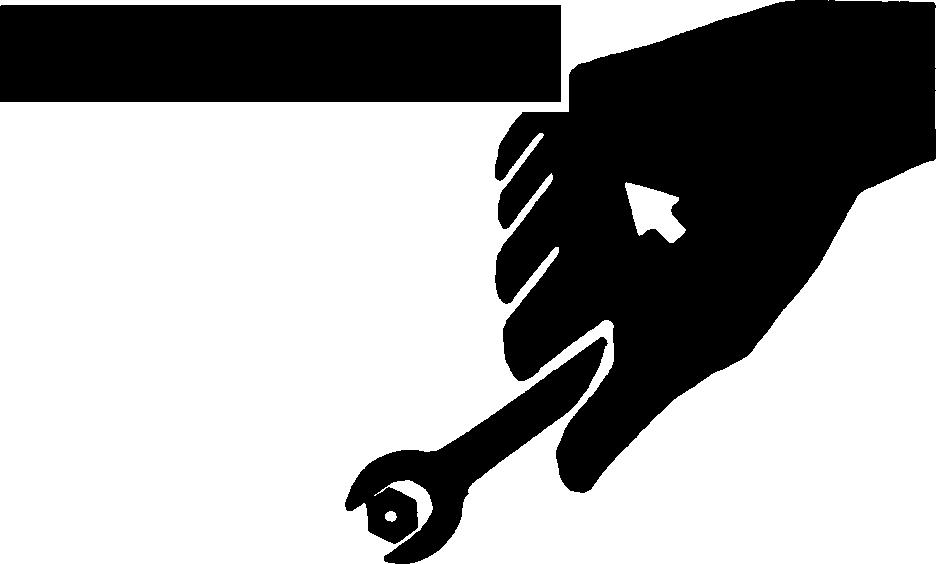
Use only service parts meeting John Deere specifications.
Dispose of Waste Properly
Improperly disposing of waste can threaten the environment and ecology. Potentially harmful waste used with John Deere equipment include such items as oil, fuel, coolant, brake fluid, filters, and batteries.
Use leakproof containers when draining fluids. Do not use food or beverage containers that may mislead someone into drinking from them.
Do not pour waste onto the ground, down a drain, or into any water source.
Air conditioning refrigerants escaping into the air can damage the Earth’s atmosphere. Government regulations may require a certified air conditioning service center to recover and recycle used air conditioning refrigerants.
Inquire on the proper way to recycle or dispose of waste from your local environmental or recycling center, or from your John Deere dealer.

Use Adequate Service Facilities
Keep the service area clean and dry. Wet or oily floors are slippery. Wet spots can be dangerous when working with electrical equipment.
Make sure the service area is adequately vented.
Periodically check the shop exhaust system for leakage. Engine exhaust gas is dangerous.
Be sure all electrical outlets and tools are properly grounded.
Use adequate light for the job at hand.
Service the machine on a level, hard-surfaced area.
Use lifting equipment and safety stands which have adequate strength for the job being performed.
Live With Safety
Before returning machine to customer, make sure machine is functioning properly, especially the safety systems. Install all guards and shields.
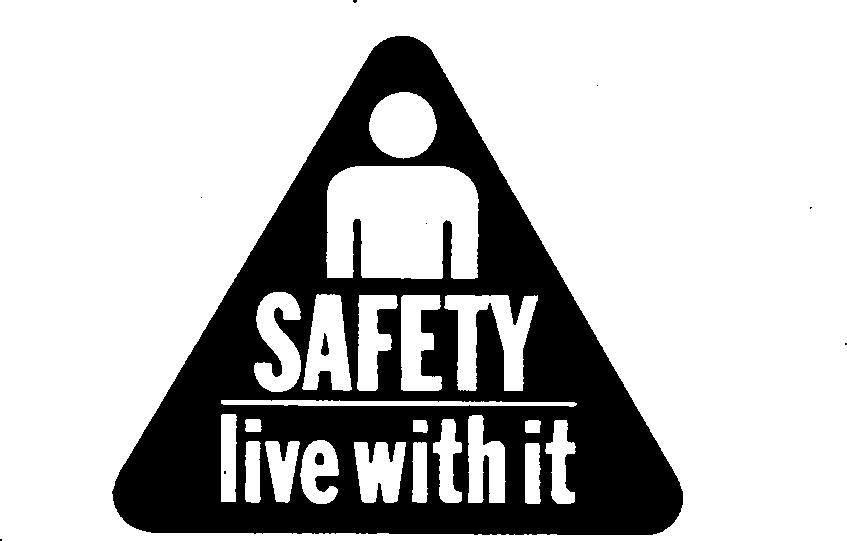
Ground Speeds (Fast Idle) Two Speed Four
Wheel Drive
NOTE: Speeds shown are for combines equipped with 18.4 x 26 R1 rear tires. Except combines equipped with 35.5 x 32 R2 drive tires are shown with 28L x 26 R2 rear tires.
Group 10 Specifications
Operating Speeds 9560 STS
Speeds shown are average and can vary from machine to machine. Speeds are rated at high idle with separator engaged, no load.
Operating speeds specifications and design subject to change without notice.
Slow Idle (Separator Off) (6.8 L Engine) 1300 rpm
Slow Idle (Separator Off) (8.1 L Engine) 1200 rpm
Mid Speed (Separator Off) (6.8 L Engine) 1850 rpm
Mid Speed (Separator Off) (8.1 L Engine) 1680 rpm
Fast Idle (Separator Off) (6.8 L Engine) 2550 rpm
Fast Idle (Separator Off) (8.1 L Engine) 2340 rpm
Full Load Rated Speed (6.8 L Engine) 2400 rpm Full Load Rated Speed (8.1 L Engine) 2200 rpm
TM2181 (29AUG06)
NOTE: Specifications and design subject to change without notice.
Dimensions—9560 STS Combine
NOTE: Dimension specifications subject to change without notice.
• For 18.4R38*** R1 Duals and 480/80R38 (149A8) R1, subtract 141 mm (5.6 in.)
• For 20.8R38** R1 Duals and 520/85R38 (155A8) R1, subtract 103 mm (4.1 in.)
• For 30.5L-32 14PR R1, subtract 111 mm (4.4 in.)
Refer to Ground Drive and Rear Axle Section b
Refer to Ground Drive and Rear Axle Section c aDimension is measured 1.22 m from grain spill point. This represents the unloading auger when centered over the grain cart. bSee Front Tire Selection, Header Compatibility, Final Drives, Row Spacing Charts in Ground Drive and Rear Axle Section for specific dimensions. cSee Rear Tire Selection, Tire Spacing, and Front to Rear Tire Compatibility Charts in Ground Drive and Rear Axle Section for specific dimensions.
• For 30.5L-32 14PR R2, subtract 82 mm (3.2 in.)
• For 30.5LR32*** R1, subtract 118 mm (4.7 in.)
• For 800/65R32 (172A8) R1W, subtract 93 mm (3.7 in.)

